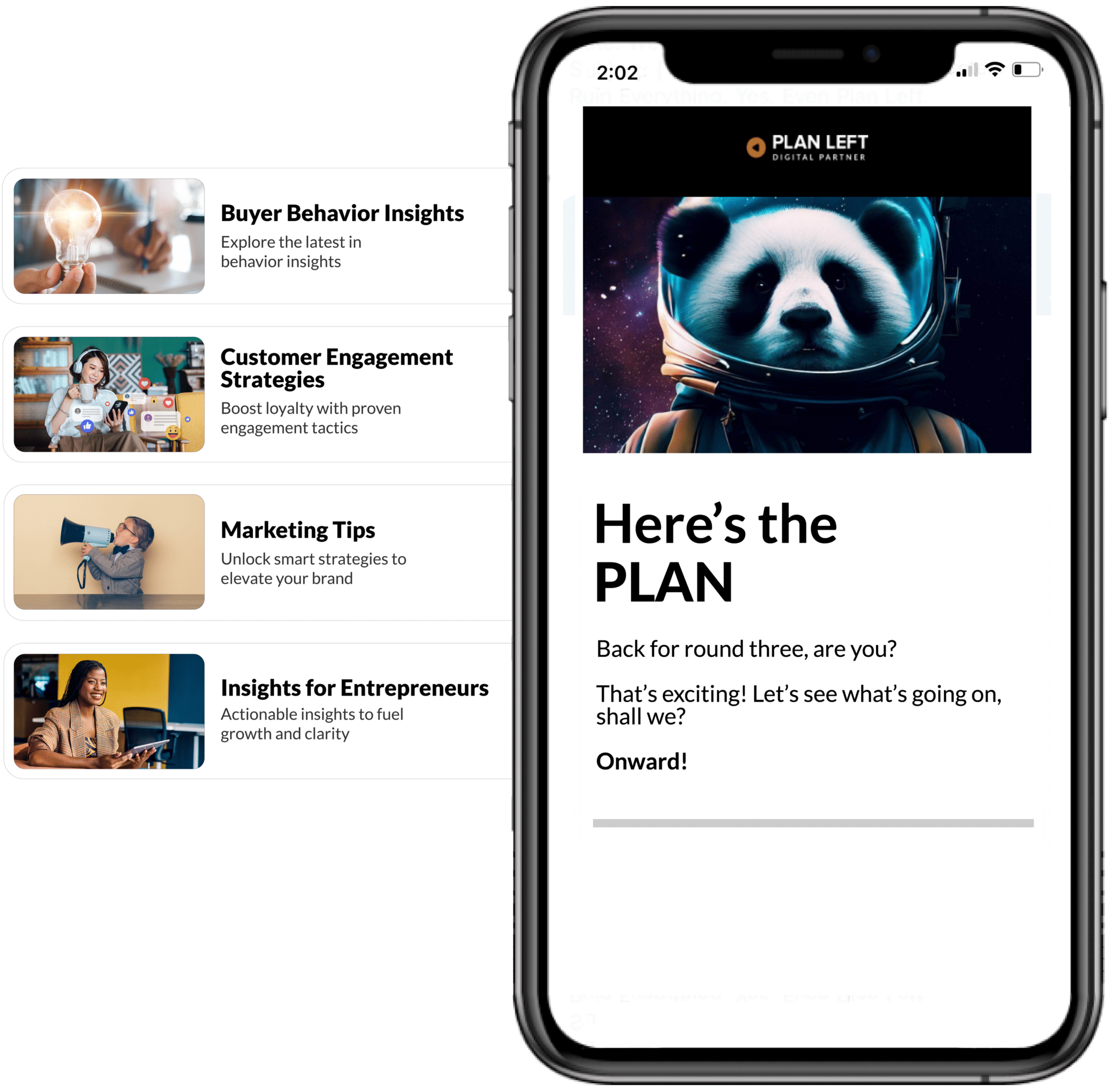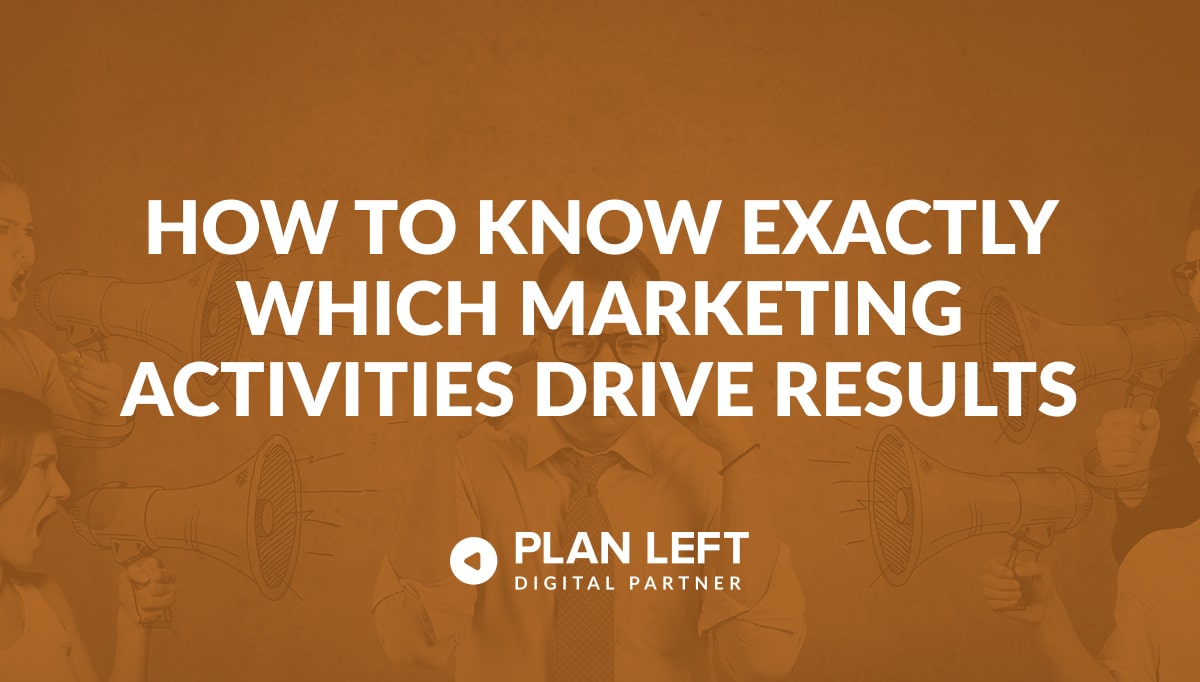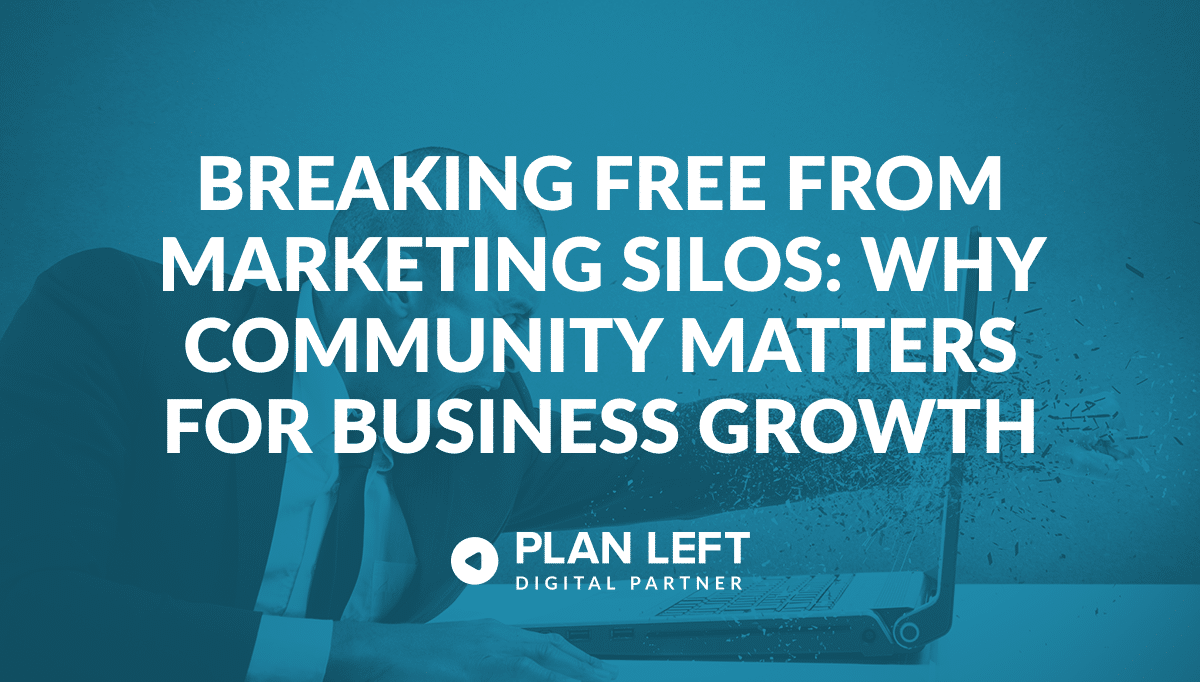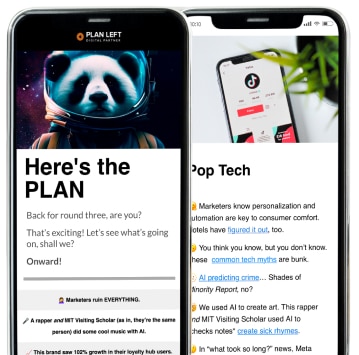
From Google’s nuanced approach to AI-generated content and special characters in search to the inclusion of DBAs in Google Ads verification and the evolving role of hierarchical site structures, there’s a wealth of insights to explore. Let’s jump in and navigate these together!
Company Blogs on Google News
Have you ever wondered if your company blog could make the cut for Google News? Well, you’re not alone. In a recent Google Office Hours session, this very question popped up: “Are company-owned blogs eligible to be included in the Google News feed?” John Mueller from Google had some insights to share. While he couldn’t speak directly for Google News, he pointed out that there’s nothing in Google’s content policies, specifically excluding company blogs.
So, what does it take to get your company blog on Google News? It’s all about meeting those content policies:
- Dates
- Bylines
- Author Details
- Contact Information

And guess what? Company blogs are already showing in Google News. From small businesses like Tom’s Hardware to big names like Adobe, it’s clear that dedicated news sites aren’t the only players in the game. Your company blog could be next in line. So, why not give it a shot? With the right content and a little initiative, your blog might just be the next go-to source for news on Google.
Google’s Bard is a Coding Game-Changer
Google Bard just leveled up for developers and SEO professionals alike. The latest update to Google Bard has expanded its Export to Replit feature to support a whopping 18 programming languages. This isn’t just a minor tweak; it’s a major expansion that opens up a whole new world of possibilities. From Python to PHP, and even TypeScript, Google Bard is now more versatile than ever.
Alongside this coding upgrade, Google Bard has also rolled out extension support in Japanese and Korean, in addition to English. This means a wider reach and more accessibility for users across the globe. Imagine the potential: you could be brainstorming content ideas, whipping up meta descriptions, or even creating interactive quizzes, all with the help of Google Bard’s coding prowess. Then, with a simple click, export your masterpiece to Replit and integrate it seamlessly into your projects.
For SEO, Google Bard’s latest update empowers you with another option to streamline your SEO and content strategies. Processes such as:
- Custom Analytics Reports: Develop scripts with Bard that can parse through your analytics data, providing customized reports. These reports could focus on user behavior, conversion paths, or any specific metrics you’re tracking for SEO performance.
- Automated Image Alt-Text Generation: Use Bard to create scripts that automatically generate descriptive alt-texts for images on your site, enhancing SEO for image search and improving web accessibility.
- Predictive Keyword Analysis: Bard can be used to develop tools that predict upcoming trends in keyword searches. This helps in creating content that’s ahead of the curve, capitalizing on emerging search trends.
- Voice Search Optimization: With Bard’s multilingual capabilities, create scripts that optimize your site’s content for voice search queries, which often differ from traditional text-based searches.
- Local SEO Enhancements: Use Bard to script tools that optimize your site for local SEO, including managing local listings, optimizing for local keywords, and ensuring NAP (Name, Address, Phone Number) consistency across the web.
- SERP Feature Targeting: Develop tools with Bard that analyze SERPs for specific keywords, identifying opportunities to target featured snippets, “People also ask” boxes and other SERP features.
- Automated Link Building Analysis: Create scripts that analyze your backlink profile, identifying potential link-building opportunities or harmful links that need to be disavowed.
- User Experience (UX) Analysis: Bard can assist in scripting tools that analyze your website’s user experience, identifying areas for improvement that can positively impact SEO, such as site speed, mobile-friendliness, and navigation structure.
SEO Impact of the Double Slash
Double slashes in URLs—are they just harmless hiccups, or do they spell trouble for your site’s SEO? Well, Gary Illyes from Google shed some light on this in a recent Google Office Hours session. The burning question was: “What’s the SEO impact of using double slashes in a URL?”

But hold on. Don’t start double-slashing everything just yet. Gary points out that while Google’s crawlers might be cool with it, it’s not the slickest look for your users. Plus, it might throw off some less savvy crawlers.
Think about it. You’re browsing a site, and you see that double slash. It’s like a tiny speed bump on the information superhighway. Not a deal-breaker, but definitely a “hmm” moment. And in the SEO world, those “hmm” moments can add up.
Hesitation + Delayed Action = Loss of Traffic
So, what’s the fix? Dive into your CMS or .htaccess file and play Sherlock Holmes. Find out why those double slashes are gatecrashing your URLs. Tools like Screaming Frog help you track down where the issue starts.
While double slashes might not be SEO deal-breakers, they’re not exactly best practice either. Cleaning them up can smooth out the user experience and keep those crawlers happy.
SEO Just Got a Futuristic Boost
Researchers have cracked the code on how to skyrocket website visibility in AI search rankings, and it’s especially good news for smaller sites struggling to compete with big corporate giants.
This isn’t some theoretical mumbo jumbo – we’re talking about a staggering 115% increase in visibility for lower-ranked websites thanks to a revolutionary technique called Generative Engine Optimization (GEO). Developed by a team from top institutions like Princeton and Georgia Tech, GEO is like a secret sauce for AI search success.
You don’t need a complete website overhaul to reap the benefits. The researchers tested nine different optimization strategies and found that three simple tweaks can work wonders:
- Cite Your Sources: Show those AI search engines that your content is credible and well-researched by backing it up with authoritative sources.
- Add Some Quotes: Break up your text with relevant quotes from experts or thought leaders. It adds depth and makes your content more engaging for AI algorithms.
- Sprinkle in Some Stats: Numbers speak louder than words, especially to AI crawlers. Use relevant statistics and data to add weight to your arguments and boost your content’s authority.

This is a game-changer for smaller websites. No longer do you have to rely on backlinks and domain authority to compete. GEO levels the playing field, giving you the tools to outshine those big corporate rivals and reach a wider audience in the AI search era.
So, is SEO dead? Absolutely not! It’s simply evolving into GEO, adapting to the new landscape of AI search. And for those who embrace this change, the future of SEO is brighter than ever.
Ready to take your website to the top of the AI search heap? Start incorporating these GEO strategies today and watch your visibility soar! Remember, the future of SEO is here, and it’s time to get ahead of the curve.
Additional Tips for SEO Success in the Age of AI:
- Focus on creating high-quality, informative content relevant to your target audience. This is still the foundation of any good SEO strategy, regardless of the search engine algorithm.
- Keep your website content fresh and optimize it for mobile devices. AI search engines prioritize websites that are user-friendly and provide a good user experience.
- Stay current with AI search and SEO trends. The landscape is constantly changing, so it’s important to keep up with the latest developments.
- By following these tips and embracing the power of GEO, you can ensure that your website thrives in the exciting new world of AI search.
Google’s AI Content Conundrum
Google’s approach to AI-generated content and the importance of quality content have been evolving, especially in light of the Helpful Content Update and the increasing relevance of brand mentions over backlinks.
Google initially labeled AI-created content as spam but has since shifted its focus to the quality of content, regardless of how it’s produced. This change reflects Google’s ongoing effort to maintain the integrity of its search results amidst the abundance of AI-generated content. The challenge for Google is to differentiate high-quality, user-centric content from low-quality AI spam. This is crucial because the quality of content directly impacts user experience and search result relevance.
The Helpful Content Update marked a significant shift towards promoting user-centric content. This update aimed to demote content solely written for search engines, emphasizing the creation of original, helpful content designed for people. The update aligns with Google’s long-standing vision to prioritize user experience, making sure search results are relevant and valuable. It’s a step towards cleansing search result pages of low-quality content and enhancing the user’s journey to find authentic and helpful information.
In addition to focusing on content quality, Google’s updated search algorithm now places greater emphasis on brand mentions, signaling a shift from traditional backlinks to a more holistic view of brand visibility. This change recognizes both hyperlinks and non-linked brand mentions as valuable signals. As AI and Large Language Models become more prevalent, the importance of text and brand entities in SEO is growing. The intersection of digital PR, content marketing, and SEO underscores this trend, emphasizing the importance of brand visibility and mentions for organic growth.
Google’s approach to AI content underscores the significance of creating high-quality, user-centric content and the evolving nature of SEO strategies. More than ever, there is an urgency to stand out with original content in a sea of reproduced echoes of what is already available.
Google SGE’s Content and Product Views
Google’s Search Generative Experience (SGE) is reshaping the search landscape, now appearing in 84% of search queries with various formats like opt-in, collapsed, and none. This evolution, as revealed by BrightEdge’s new data, is a significant shift in how content is presented and interacted with on Google.
SGE is showcasing content in innovative ways:
- Unordered lists are the most common, appearing 48% of the time, sometimes with detailed descriptions or interactive features.
- Location modules, including maps, are also prevalent, enhancing local search experiences.
- For product-related searches, product viewers are making an appearance 8% of the time, indicating a growing emphasis on eCommerce integration.
Google has started adding warnings to SGE answers, especially for Your Money or Your Life (YMYL) queries. These warnings cover categories like:
- Age
- Financial
- Medical
- Legal
- Dangerous advice
Users are guided to seek professional help or advice where necessary. This approach underscores Google’s commitment to responsible information dissemination.
Additionally, Google is experimenting with how products are displayed in SGE, with five key variants identified. These include:
- Product listings with sourced descriptions
- Apparel product displays with contextual commentary on fashion trends
- Carousel groupings for diverse preferences
For SEO professionals and marketers, these developments in Google SGE signal a need to adapt content strategies. The focus should be on creating diverse, engaging content formats that align with SGE’s presentation styles. Additionally, understanding and leveraging the new product view formats can be crucial for eCommerce success (remember when we said images matter?).
Google’s SEO Tip for Hierarchical URLs
Gary Illyes from Google dropped some golden advice in a recent Office Hours session. If you’re running a large website, brace yourself: it’s time to think of hierarchy in your site structure.
For the big websites out there, a hierarchical URL structure is like giving Google’s crawlers a VIP tour of your site. It’s about laying out your website navigation in a structured, accessible way so that the crawlers breeze through the new and important stuff, like your latest news, before wandering into the archives. This approach is a win-win. Your freshest content gets the attention it deserves, and Google’s crawlers don’t get lost in the maze.
Now, if you’re running a smaller site, don’t feel left out. A flat structure might be your ticket, keeping things simple and straightforward. But for the larger sites, going hierarchical can make a world of difference in how efficiently Google understands and ranks your content.
For the SEO strategists and business owners out there, this is your cue to align your site’s structure with its size and content complexity. This strategy isn’t just good housekeeping; it’s smart SEO. In the world of SEO, structure matters, especially for the larger sites. So, if you’re looking to give your site the best shot at SEO success, consider going hierarchical. It could be the strategic move that puts your content in the spotlight.
Watercooler Highlights
Lastly, but never less important, we have Google’s fresh take on special characters in search results, the game-changing inclusion of DBAs in Google Ads verification, and how Google is handling non-consensual images. There is a lot in SEO news, but we’re here to make sure you’re up to date!
Strong Stance Against Non-Consensual Imagery
Google’s latest update to its spam and ranking systems is a game-changer, especially for sites dealing with non-consensual explicit imagery. It’s a bold move that shows Google is serious about tackling exploitative content. This update isn’t just a tweak but a significant shift in how Google handles sites that charge for the removal of such content. Now, a report about one site can trigger demotions across other sites with similar exploitative practices.
For businesses and SEO professionals, this update is a reminder that ethical practices are not just good for PR but essential for maintaining visibility in search results. It’s about staying on the right side of Google’s evolving policies and making sure that your online presence is both impactful and responsible. So, if you’re looking to keep your site in Google’s good books, it’s time to double down on ethical content practices.
Google Ads Embrace DBAs
Google Ads has now opened its doors to DBAs (Doing Business As) and trade names in its advertiser verification program. This change, starting in December 2023, is like a breath of fresh air for businesses that operate under a trade name or DBA.
If your or your client’s business uses a DBA that’s different from the legal name Google now says you’re good to go. As long as your legal documents recognize both the legal name and the DBA, you’re in the clear for verification. It’s a big deal because, let’s face it, most customers know and love businesses by their DBA. It’s the name that’s out there, making waves and catching eyes.
Before this update, the whole legal name vs. DBA thing could be a bit of a headache for businesses trying to get verified. This change is all about making the verification process more in tune with how businesses actually operate and connect with their audience.
Google’s Take on Special Characters in Search
“How does Google handle special characters like the superscript e in search results?” Gary Illyes from Google recently tackled this head-scratcher in a Google SEO office hours session.
Gary’s answer? It’s all about the character encoding on your page. If those special characters aren’t displaying correctly in search results, it’s likely due to a mismatch between what Google’s algorithms detected as your page’s character encoding and what you intended.
The solution? Make sure you specify the encoding in your HTML using the meta element and its charset attribute. This is especially crucial if your HTML is jazzed up with funky characters. Like when you copy from a Word doc and forget to paste it into the text editor or to Notepad first -yeah, we’ve all been there.
Gary emphasized that getting the character encoding right is a huge undertaking for Google’s algorithms. If it’s not specified, Google will try to detect it, but let’s face it, that’s a tough job. So, if Google’s getting it wrong, it’s time for you to step in and explicitly specify the character encoding in your HTML.
In a nutshell, if you’re using special characters on your website and want them to show up correctly in Google’s search results, take control of your character encoding. It’s a small but mighty step in ensuring your content is accurately represented in the vast world of Google search.
In a time where digital trends and SEO processes shift at breakneck speed, your brand deserves a partner who not only keeps pace but anticipates the next move. Plan Left stands at the forefront of this ever-changing arena, offering strategic guidance tailored to the ambitious visions of your brands’ needs.
At Plan Left, we specialize in transforming complex digital challenges into opportunities for growth and innovation. Our team brings a blend of deep industry knowledge and creative foresight, making sure your brand’s digital presence is not only current but a step ahead. For leaders seeking an agency that comprehends the breadth of their aspirations and has the knowledge and experience to fulfill them, Plan Left is your strategic ally. Connect with us, and let’s chart a course to elevate your brand to new heights.
Explore Latest Posts
How to Know Exactly Which Marketing Activities Drive Results You're investing in marketing. Social media posts go out regularly. Email ... read more
December 18, 2025
The Entrepreneur's Guide to Creating a High-Ticket Flagship Offer Most businesses are built on a foundation of scattered services, multiple ... read more
December 16, 2025
Breaking Free from Marketing Silos: Why Community Matters for Business Growth Every entrepreneur knows the weight of making decisions alone. ... read more
December 11, 2025
Essential Strategies for Entrepreneurs
Get Actionable Business Insights & Marketing Tips
Our newsletter delivers real-world strategies from entrepreneurs who’ve been exactly where you are.
Sign up now for:
- Actionable growth strategies that work
- Insider tactics for attracting top talent
- Real-world case studies from successful founders
- Emerging tech trends that drive innovation
- Pragmatic marketing approaches for visionary leaders




